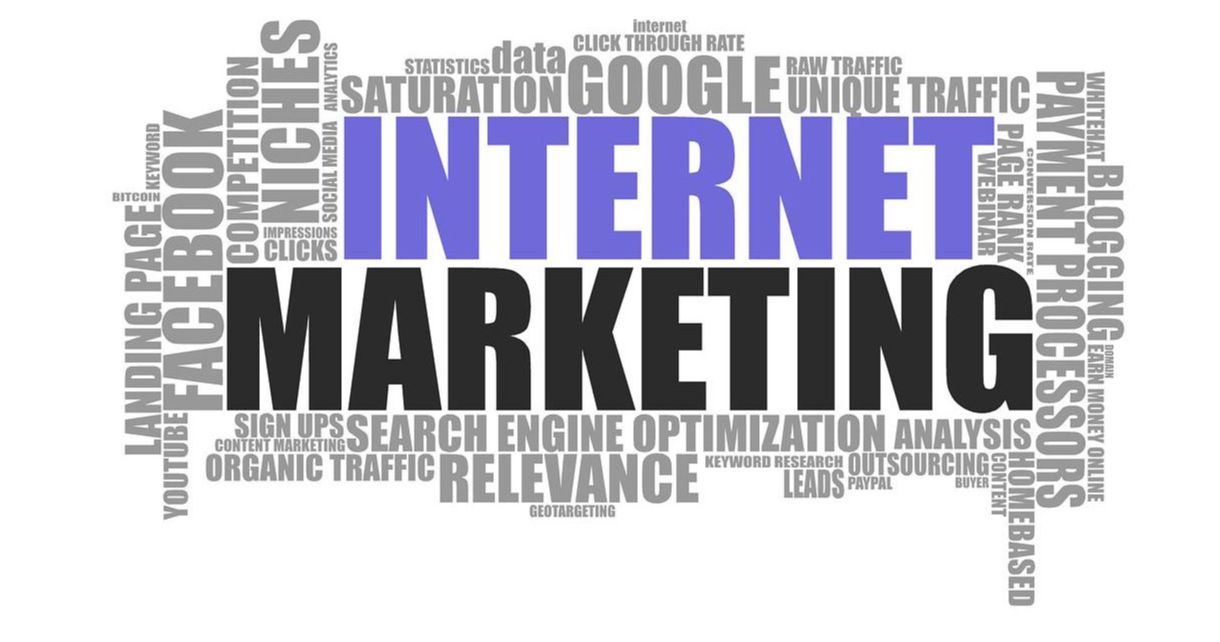The success of a marketing initiative depends on being able to reach customers wherever they are. Traditionally this was done through billboards, newspapers, magazines, radio, and television, but since internet use has skyrocketed worldwide, it makes sense that marketers try to adapt their strategies.
The good news is that the internet provides some unique advantages that other marketing platforms can’t, such as better customer reach, the ability to customize your content, and the possibility of building closer, more interactive relationships with potential customers.
The bad news is that the internet can also be quite overwhelming since every person that surfs the web sees everything from news articles, videos, and ads. It’s limitless, but somehow it still gets very crowded, and when you’re not familiar with digital marketing, you don’t even know where to begin. This article will explain three of the most popular ways of advertising your business online.
Search Engine Marketing
Search Engine Marketing is a type of online marketing that analyzes search engine algorithms and finds strategies to position a website higher in the results page to increase traffic and visibility. By now, you have probably heard of SEO which stands for Search Engine Optimization. SEM or Search Engine Marketing is the umbrella term that includes SEO, pay-per-click (PPC), and anything that has to do with increasing online presence through search engines of which Google is the most popular.
The reason SEO services are in such high demand as most users will not go beyond the first page of results. The websites shown on the first page will get 95% of the traffic for those specific keywords. You can think about what you do when you can’t find the information you’re looking for on the first page. Do you keep looking at the second, third, fourth, and so on? You probably need to rephrase the keywords and try again.
So there’s this big race to the top of the search results, and any company that provides businesses with Internet Marketing Services will stress the importance of optimizing your website and content to the criteria search engines as Google prioritizes. SEO focuses on unpaid traffic derived organically by improving your ranking on the results page for specific keywords relevant to your line of business.
Pay-per-click services such as Google Ads, as the name suggests, enable business and website owners to pay for having their ads displayed either on top of the search results or various other websites and blogs. It is a good alternative for start-ups as you only pay when someone clicks on your link, and the traffic generated by these ads will also improve your page rank in the organic results.
Content Marketing
You may have heard of the saying, “Content is King.” According to statistics, this holds true, and content marketing may be the secret to boosting your page rank, your online presence, brand awareness, and generating sales. For small companies, this type of digital marketing can help you catch up with your competitors and gain authority in the crowded digital realm.
But first, let’s clarify what it is. Content marketing refers to creating and publishing online content in the form of blogs, how-to guides, studies, videos, and podcasts. The strategy is effective because internet users will be searching for information online on various topics, including some related to your products and services. If you generate content that can supply the data they’re looking for and that, at the same time, links back to your website or advertises your brand, you increase your online presence, brand authority, traffic and page rank in the search engine results.
Unlike other types of advertisement, content marketing does not place the spotlight on your business. Instead, your goal is to offer the audience relevant information and gain their trust. This makes them come to you instead of the other way around. What you need to keep in mind is that the average internet user gets exposed to thousands of ads per day, which they have grown accustomed to ignoring.
They only pay attention to the information they need, and this is why so many businesses are now using this strategy to attract website visitors and increase conversion rates.
YouTube Marketing
YouTube marketing is a strategy that combines both social media and content marketing since YouTube is essentially a social media platform that people visit both for information and entertainment. YouTube is in-fact the second most popular search engine after Google, and this is because we humans are very visual creatures and tend to prefer information that is presented to us in the form of engaging videos as opposed to text.
That is the reason why so many companies are investing in YouTube ads, collaborating with influencers to advertise their brand and products or creating their own YouTube channel and presenting content related to what they offer.
The strategy is similar to content marketing. You can find out what type of information YouTube users are looking for and create videos that answer their questions while also advertising your company. Then you can link these videos to your social media accounts and your homepage since people are a lot more likely to want to watch a video explanation that read pages and pages of information.
Another advantage is that YouTube videos show up higher in Google’s search results. So let’s say you sell fitness equipment, but your company does not appear on the first page of search results. If a potential customer is wondering whether buying an ab board is a good idea, they will turn to the internet for information and search something like “benefits using ab board.” If you have a YouTube video that explains these benefits and how to use an ab board for best results, your content will appear higher than written guides from competitors.
Of course, this strategy becomes less useful if your videos are of poor quality and boring. So besides adding keywords to your titles and video description, you need focus your efforts on creating engaging and informative content; otherwise, you risk making a bad impression on people that may be interacting with your brand for the first time.

